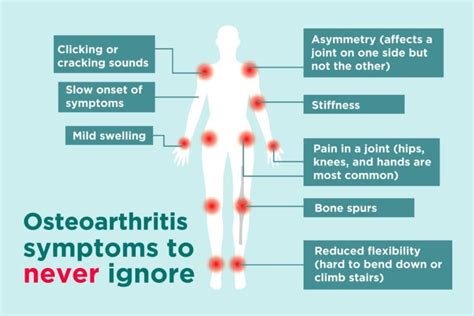Arthritis is characterized by swelling and tenderness in one or more joints, with common symptoms being joint pain and stiffness that typically worsen with age. The most prevalent forms of arthritis are osteoarthritis and rheumatoid arthritis.
Symptoms of rheumatoid arthritis include tender, warm, swollen joints, joint stiffness typically worse in the mornings and after periods of inactivity, fatigue, fever, and loss of appetite. Rheumatoid arthritis can also lead to the development of lumps called rheumatoid nodules under the skin, although this is less common.
In contrast, osteoarthritis symptoms encompass pain in affected joints during or after movement, noticeable stiffness upon awakening or after being inactive, tenderness when light pressure is applied to or near the joint, and a loss of flexibility.
Diagnosing whether one has rheumatoid arthritis (RA), osteoarthritis (OA), or both can be challenging. Physical exams, blood tests, and X-rays are crucial in distinguishing between these conditions. While OA and RA share some common symptoms, each condition also presents unique symptoms. For instance, osteoarthritis often involves joint pain that worsens later in the day and morning stiffness lasting less than half an hour.
For more detailed information on these conditions, refer to the following resources:
Mayo Clinic on Arthritis
Rheumatoid Arthritis at Mayo Clinic
Osteoarthritis Information from Mayo Clinic
Rheumatoid Arthritis vs. Osteoarthritis on WebMD
Osteoarthritis and Rheumatoid Arthritis Together on Verywell Health
Osteoarthritis vs. Rheumatoid Arthritis on Verywell Health



